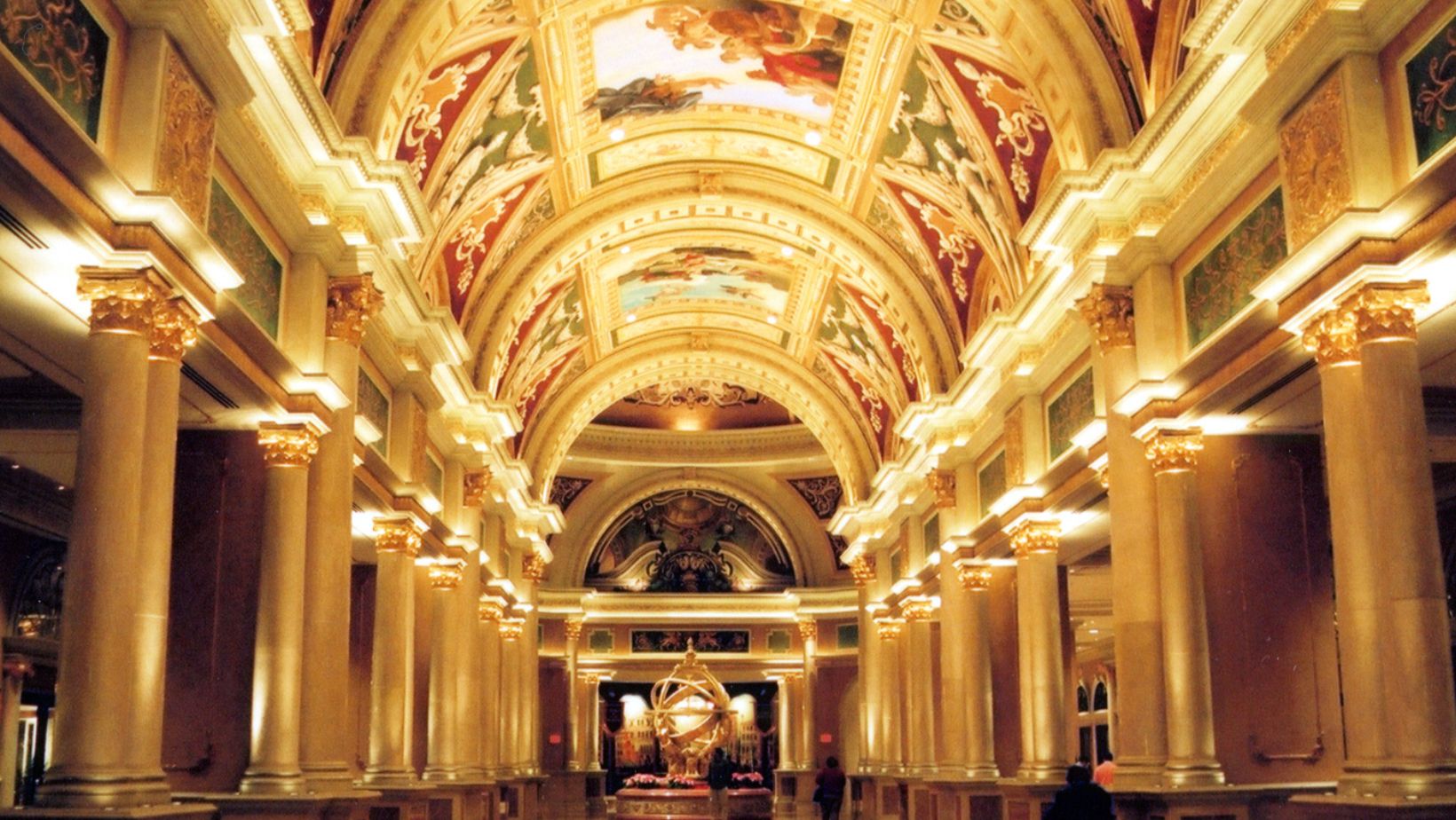
Walk through any modern casino today and you’ll notice something striking. The slot machines and blackjack tables remain, certainly, but they’re sharing space with Michelin-starred restaurants, concert halls hosting A-list performers, and luxury retail boutiques that wouldn’t look out of place on Rodeo Drive. Take Betway casino and similar operations – they’ve recognised that today’s customers want comprehensive experiences, not just gambling opportunities.
The numbers tell this story clearly. The global casino market is expanding from $251.33 billion in 2024 to a projected $425.34 billion by 2033, growing at 6.02% annually. Yet this growth isn’t driven solely by more people gambling.
It’s fuelled by strategic diversification that’s reshaped the entire industry.
From Chips to Curtain Calls
Casino operators discovered something remarkable about live entertainment venues within their properties. These spaces don’t just fill seats – they change visitor behaviour entirely.
When someone books tickets for a comedy show or concert at a casino, they’re likely to arrive hours earlier than necessary. They’ll grab dinner, perhaps try their luck at a few games, maybe browse the retail spaces. After the show, many stick around for late-night dining or drinks. What started as a single ticket purchase becomes a multi-faceted spending experience.
Evolution Gaming demonstrates this model’s financial appeal, achieving profit margins in the mid-50s to low-60s percentage range. These figures reflect how entertainment integration creates value far beyond the original gaming floor footprint.
Celebrity chef partnerships have proven particularly lucrative. These restaurants often generate higher profit margins than traditional gaming operations whilst establishing casinos as legitimate dining destinations. You’re seeing Michelin-starred establishments within casino properties because the economics work beautifully for both parties.
The entertainment strategy serves another crucial purpose: it attracts customers who might never set foot in a traditional casino. Theatre enthusiasts, concert-goers, and fine dining patrons discover these venues through non-gaming activities, expanding the customer base significantly.
The Suite Life
Hotel business operations in casino properties yield extremely reliable revenue streams that are largely stable despite fluctuations in gambling patterns. This is because hotel rooms have a premium price that guests pay for enjoyment and transportation to the larger entertainment “ecosystem” on the casino property.

Hotels and associated convention centres are an excellent means to diversify risks. Business guests want meeting rooms, hotels, restaurants, evening entertainment for their delegates, and provide all of this at one location achieve higher usage rates than stand-alone venues.
The retail component should also not be overlooked. High-end retail destinations provide extraordinary rent rates for large-scale spaces in casino properties that provide heavy foot traffic. These experiences attract wealthy individuals who go shopping, eat and drink in restaurants and engage in entertainment in each location regardless of their gaming intent.
Think of the operational efficiencies for operators. Rather than managing separate and diverse businesses across disparate locations, operators can ways to:
* Cross-promote in-house services;
* Share infrastructure costs;
* Use customer data collected at multiple points-of-contact to see retail patterns emerge;
* Combine separate businesses to create a package deal that drives average-game spending, per-visitor;
* Have additional means of generating revenue, and therefore, keep more staff busy,
This integrated approach proves especially valuable during economic uncertainty, when diversified revenue sources provide stability that purely gambling-focused operations lack.
Digital Dollars and Data-Driven Dining
The online casino segment is experiencing explosive growth, expanding from $19.11 billion in 2024 to a projected $38.00 billion by 2030 – that’s 12.2% annual growth. This digital expansion builds upon Nevada’s established casino market, which continues to lead commercial gaming with $31.5 billion in total revenues, of which $11.3 billion comes from gaming activities.
What’s particularly interesting is how technology enables hyper-personalisation across both digital and physical spaces. Casinos now create “experiences uniquely crafted for individual players” that extend well beyond gaming activities.
Your dining preferences, entertainment choices, and spending patterns inform customised recommendations throughout your visit. This personalisation enhances satisfaction whilst encouraging longer stays and increased spending across multiple revenue streams. Modern operators have mastered this approach through strategic bonus structures that reward diverse activities beyond gaming, creating sophisticated customer retention systems that span all areas of their properties.
The data insights prove invaluable for operational planning too. Understanding customer behaviour patterns helps operators optimise everything from restaurant capacity to entertainment booking strategies.
Regional Revenue Reinvention
Different markets have embraced diversification in fascinating ways. Macau implemented its “1+4 initiative” to expand beyond gaming into tourism, conventions, finance, and cultural industries. This government-backed strategy recognises that even heavily gaming-focused jurisdictions benefit from revenue diversification.
The US commercial gaming sector projects revenue exceeding $67 billion, with much of this growth attributed to integrated resort models that combine gaming with comprehensive entertainment offerings.

These regional approaches demonstrate how successful diversification strategies adapt to local preferences whilst maintaining core business principles.
UK casinos have particularly embraced this shift, expanding “beyond gaming into theatrical entertainment, fine dining, and luxury retail”. The approach acknowledges changing consumer expectations whilst creating multiple revenue touch-points.
Building Tomorrow’s Entertainment Destinations
The casino industry’s evolution offers valuable lessons about business adaptation. Rather than abandoning their core competencies, successful operators expanded strategically into complementary sectors that enhance customer experiences whilst creating multiple profit centres.
This approach provides resilience during challenging periods. When traditional gaming faces headwinds, revenue from entertainment, dining, retail, and accommodation helps maintain operational viability.
Perhaps most importantly, this diversification reflects changing consumer expectations. Modern customers seek comprehensive lifestyle experiences rather than single-purpose venues.
The most successful casino operators understood this shift early, positioning themselves as entertainment destinations where gaming represents just one element of a broader ecosystem. They’ve created sustainable business models that capture value from multiple touch-points whilst delivering the comprehensive experiences today’s customers demand.
The house still wins – but now it’s built something much more valuable than just a house.















